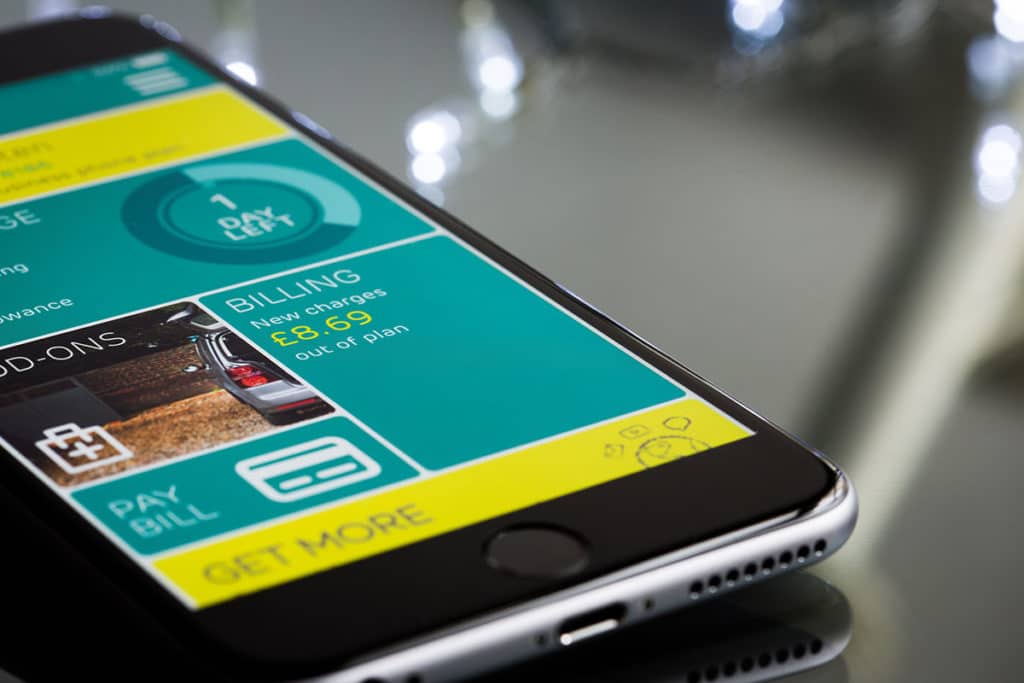Increasing Mobile App Efficiency with Interrupt Testing
Users simply expect technology to work, but mobile app developers have to think about the details of user experience which makes interrupt testing crucial.
Photo by Torsten Dettlaff from Pexels
Ever wondered what happens to an app if a user’s device shuts down unexpectedly?
What happens if a user receives a call or notification while using an app?
All these questions can be answered simply by performing interrupt tests for mobile applications. A mobile app testing company leverages testing efforts to provide users with a good experience.
Let’s have a look at what interrupt testing actually is:
Imagine you are using an app on your smartphone when you receive a call that interrupts the ap. After the phone call, you return to the app, it resumes the operation and remains in the state that you left it. Users do not think much about this behavior of an app because they are used to it. However, from a mobile app developer’s or tester’s perspective, it is important to ensure that an app can resume its operations if there are interruptions while using it.
Interrupt testing allows testers to test an app’s behavior after certain events that cause a disruption in its flow. In most of the cases, Android and iOS manage all these matters, which is the reason QA testers often forget to perform interrupt testing. In order to offer users a seamless experience, it is important to ensure that an application behaves as it is expected to. Since these expectations differ for all mobile apps and their functions, testers need to define them on their own.
Common Scenarios Testers Should Test
The most common scenarios that software testing company should perform are:
- Getting an alert on low mobile battery
- Receive a call or text message
- Push notifications from other apps
- Encounter different network connections such as internet connection loss and its restoration
- Receive interruptions by a smartphone’s alarm clock, stopwatch, or timer.
Testers can perform these interrupt tests for a mobile app manually. However, manual testing can lead to a number of other problems that cause hindrance in timely release of an app. Thus, interrupt tests should be automated with as many scenarios as possible. But testers need the right tools and frameworks for this. This is why modern organizations hire a mobile app testing company to use a functional testing framework for interrupt testing.
Run Interrupt Tests On Multiple Devices At Once
Regardless of which tool or framework tester use to automate their interrupt tests, they can still work on improving test execution time, thus increase the efficiency of mobile app tests. For instance, testers run tests on one device and one version at a time. As a result, testing consumes a lot of time. So, the solution to this issue is to run tests on multiple devices. So parallel testing is not limited to interrupt tests, teams can save more time by running their automated tests concurrently. In this way, testers can ensure that their application works for the users, regardless of their device or operating system version. All these testing processes can help QA teams in achieving their testing goals and objectives.